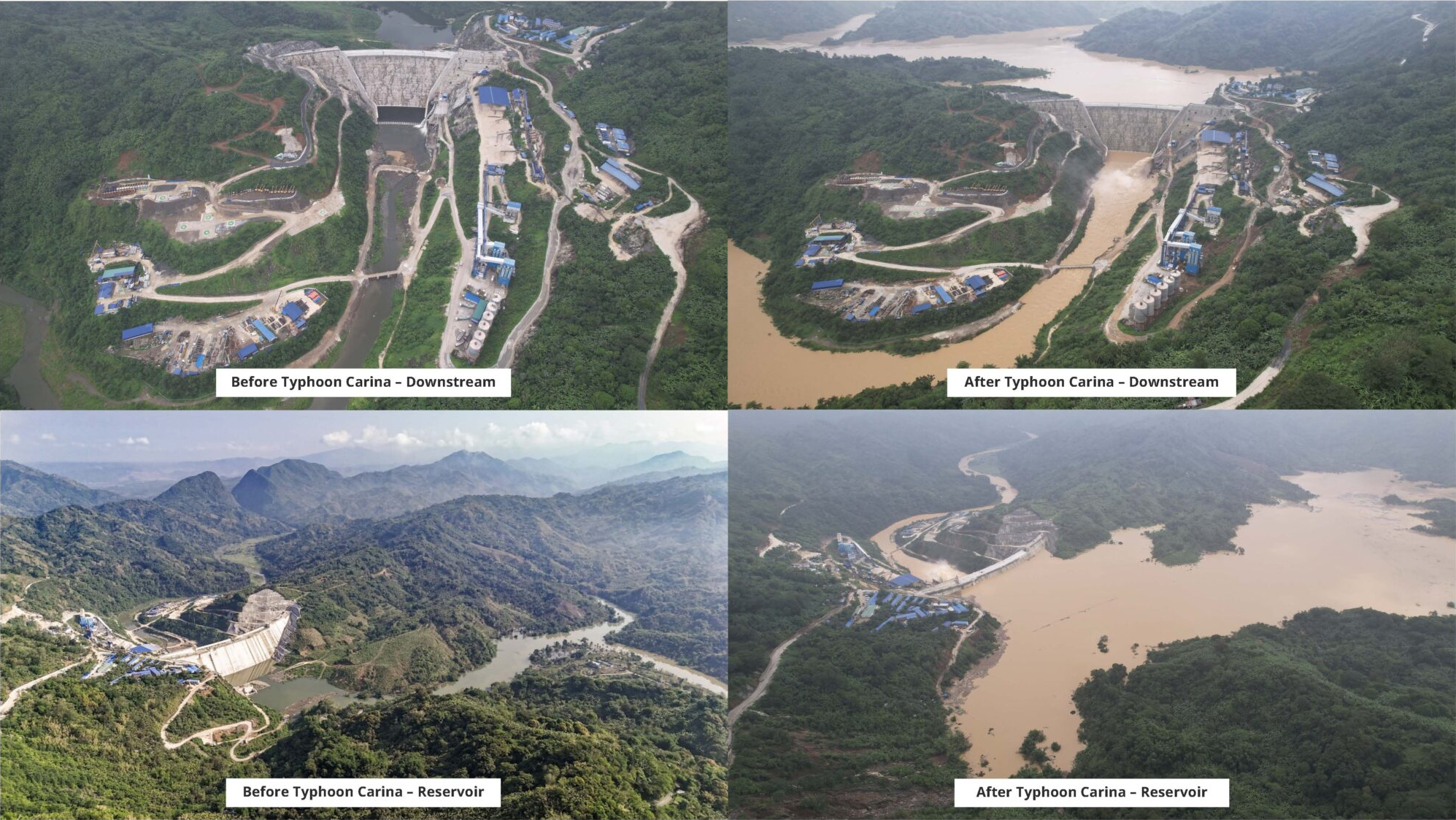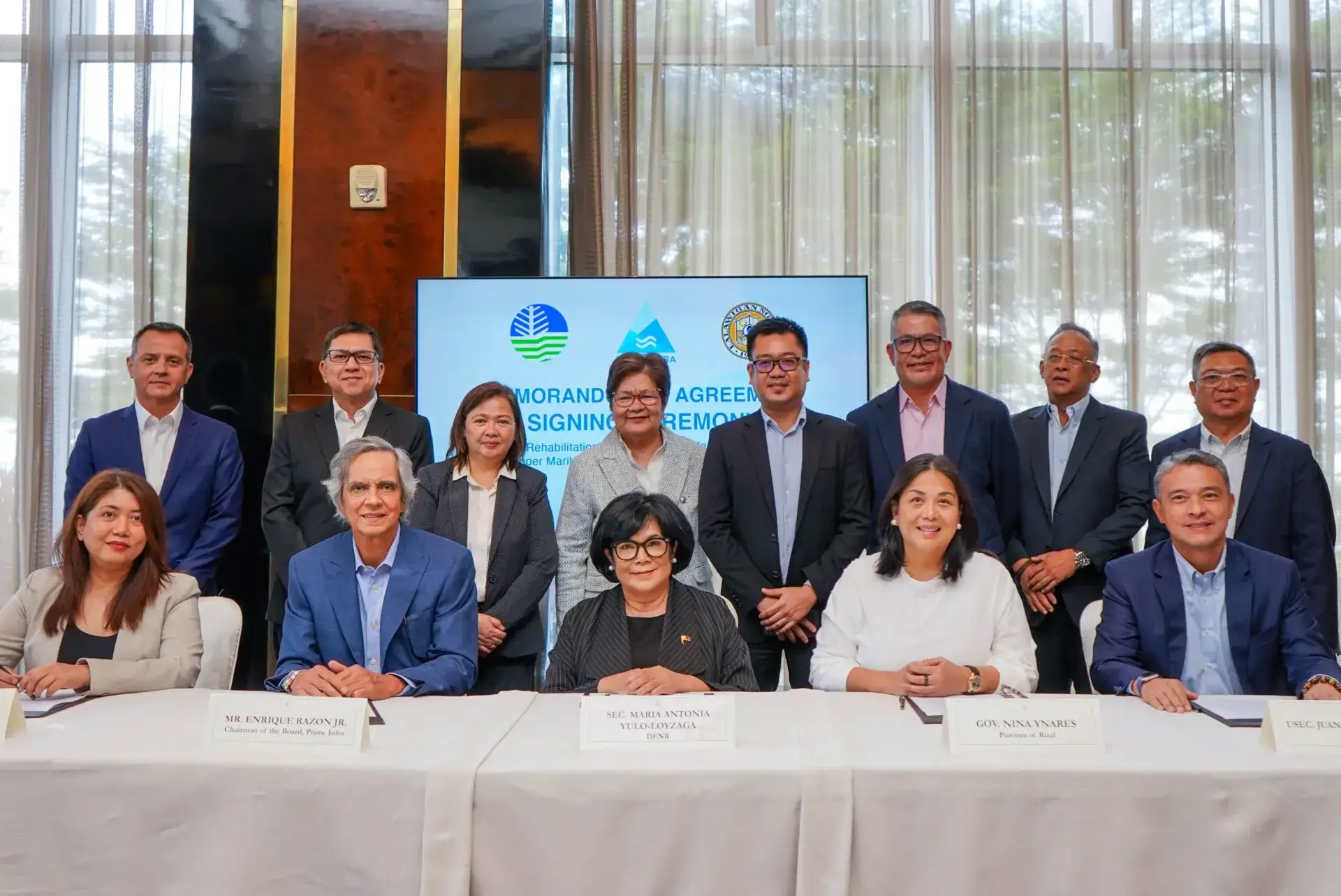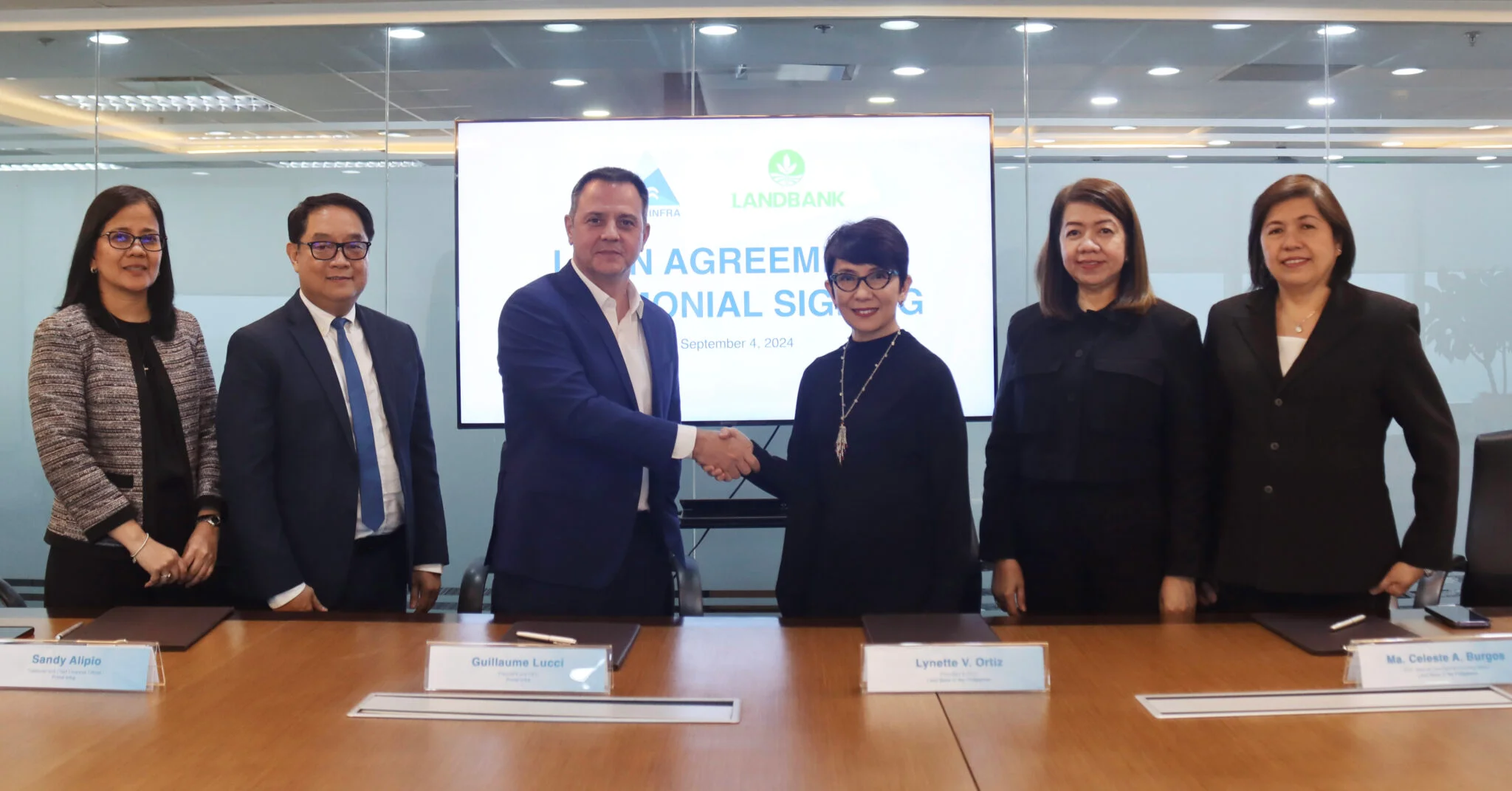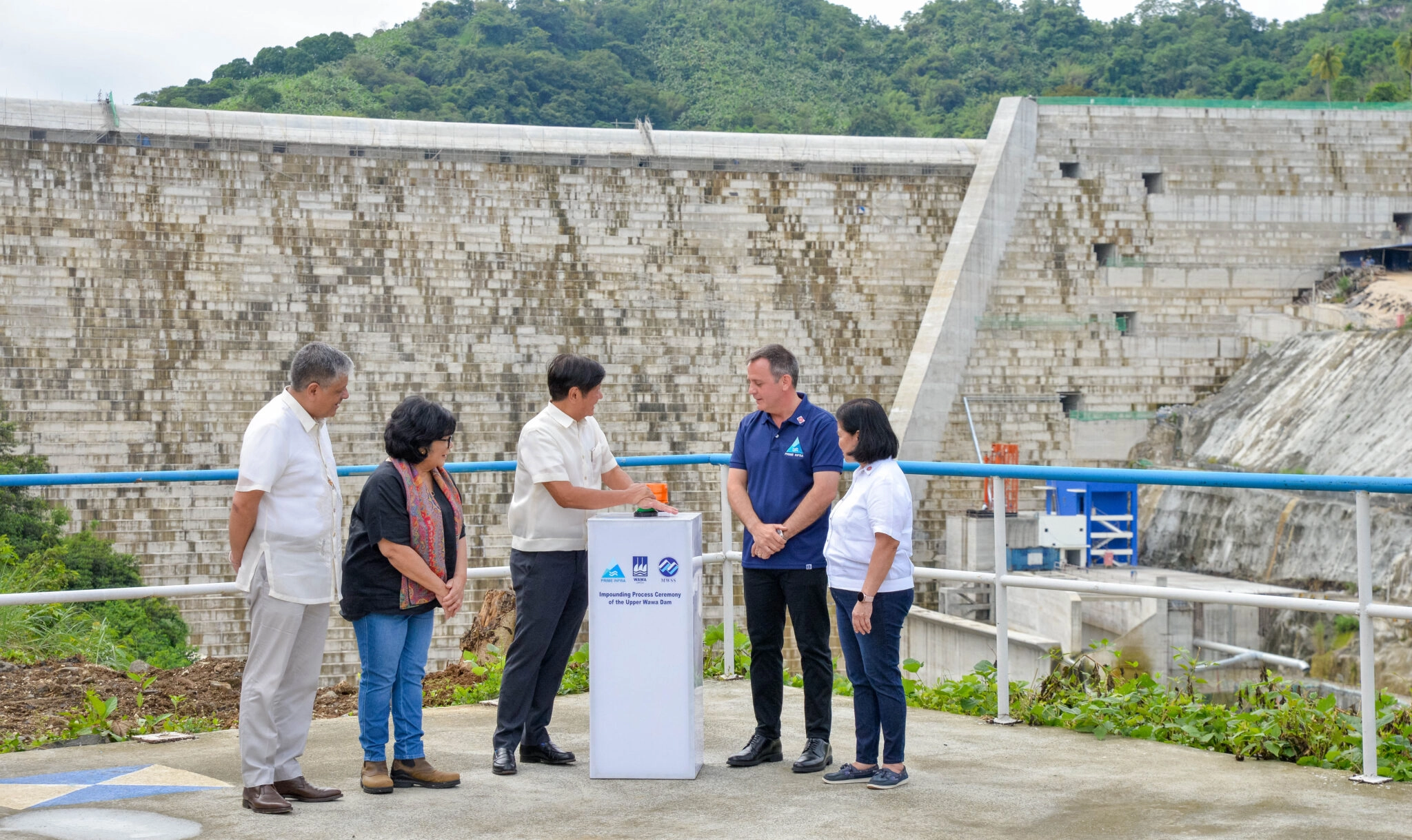
The water supply dam developed by Prime Infra-led WawaJVCo Inc. was cited by government officials as a key factor in reducing the impact of the flooding caused by Super Typhoon Carina.
WawaJVCo Inc. is the developer and operator of the Wawa Bulk Water Supply Project. Phase 2 of the infrastructure project is the Upper Wawa Dam, which began impounding its reservoir on July 10.
While designed as a water supply dam, the project can also help mitigate flooding in downstream communities, particularly low-lying areas in Rizal province and the eastern district of Metro Manila.
During the situation briefing on the impact of Super Typhoon Carina and the enhanced southwest monsoon in Rizal province on Friday, July 26, Governor Nina Ynares informed President Ferdinand Marcos Jr. that without the Upper Wawa Dam, flooding in certain areas of the province could have been significantly worse.
Ynares noted that the Upper Wawa Dam’s reservoir needed six months to fully impound water. However, due to the heavy rainfall from Super Typhoon Carina, the reservoir was nearly filled in just two days.
“Mr. President, some time this month, we were together during the inauguration of (Upper) Wawa Dam. We saw it was empty and (they said) it would take six months for them to fill it up…If without it, I feel that, most likely, San Mateo and Montalban would be down; and definitely, Marikina and parts of Quezon City and even Pasig would be affected,” said Ynares.
President Marcos, who led the Impounding Process Ceremony of the Upper Wawa Dam on July 10, nodded in agreement with the Rizal governor, as he saw photos of the super typhoon’s floodwater entering the reservoir.
“In three days, ganoon ‘yung tubig na bumagsak (from Carina),” noted the President.
“The Upper Wawa Dam project by WawaJVCo has significantly reduced the effects of flooding in comparison to previous occurrences,” the provincial government highlighted in its presentation to the President.
The Upper Wawa Dam features a reservoir of about 450 hectares, approximately twice the size of Bonifacio Global City, and can store up to 120 million cubic meters of water. It is the largest dam to be built in over 50 years, with the critical objective of addressing water supply security in Metro Manila and the province of Rizal.
Based on measurements conducted throughout July 24, Wednesday, the floodwater entering the dam’s reservoir peaked at approximately 2,100 cubic meters per second (m³/s). The controlled impoundment successfully managed the discharge downstream to approximately 200 m³/s, significantly lessening the impact of the floods by a factor of 10.
The Upper Wawa Dam reservoir accumulated over 90 million cubic meters of water during the super typhoon. This helped to mitigate downstream flooding, contributing to the protection of lives and property.
Meanwhile, Administrator Eduardo Guillen of the National Irrigation Administration (NIA) also noted the Upper Wawa Dam’s role to reducing the impact of flooding in Metro Manila.
“Iyan ang kagandahan sa sinasabi ng ating Pangulong Ferdinand Bongbong Marcos Jr., na iyong water management, para kapag tag-ulan, maka-mitigate din ng baha kapag nag-iipon tayo ng tubig,” he said in an interview.
“Like in the case of Metro Manila, hindi ba may (Upper) Wawa Dam sa taas ngayon? Mas matindi sana ang pinsala natin kung wala yung (Upper) Wawa Dam kasi lahat ng naipon niyang tubig ay sumalanta sa Metro Manila,” Guillen said.
The Upper Wawa Dam will start to supply bulk water by the end of 2025.
WawaJVCo said it will continue collaborating closely with its host communities to help strengthen resilience against future weather-related challenges.
The Prime Infra-led company remains steadfast to building better lives and resilient economies through critical infrastructure, ensuring that its projects are environmentally resilient and socially relevant.



